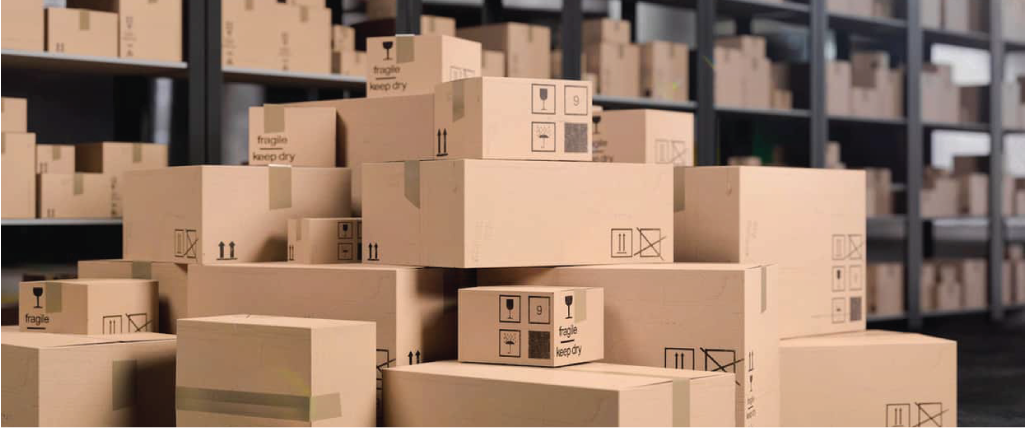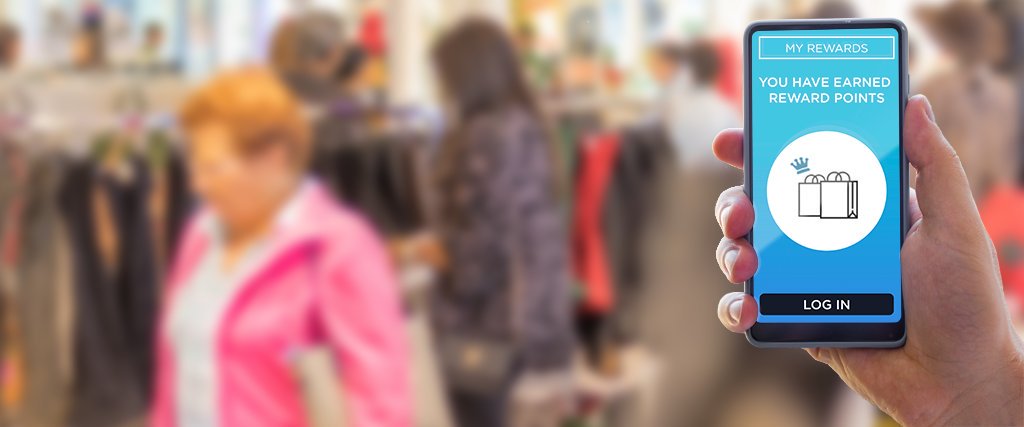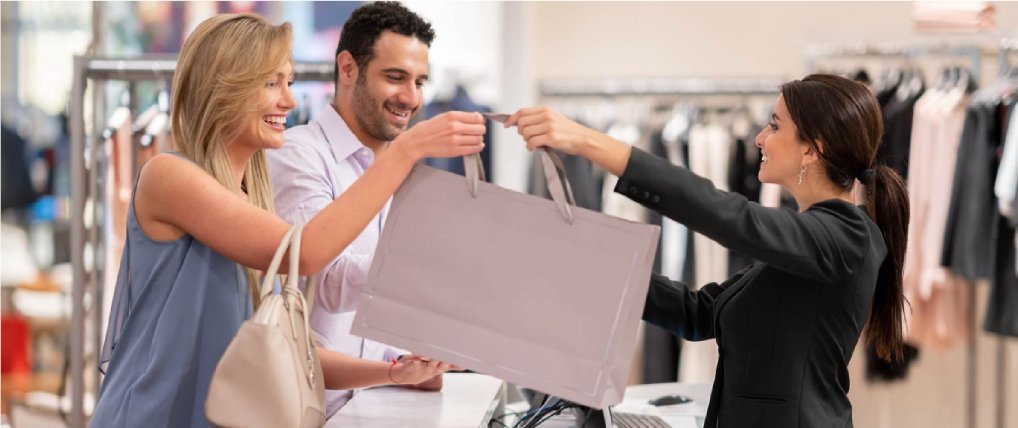Trends in the retail point of system industry keep evolving with the advancement in time. Further, retail trends have greatly changed in the last two decades. Moreover, Due to technological advancement, customer expectations have also changed. This article highlights the prevailing trends in the retail industry regarding retail point of system.
Customization in Retail Point of System
Certainly, in Retail Point of System, having unique product characteristics attract more customers. In other words, people are fascinated and inclined to buy products designed specifically for their needs. This is a very distinct feature as it enables customers to stand out amongst others. That is to say, this is what people are looking for; uniqueness. Hence it greatly helps companies grow.
Visual Search
Another most advanced retail trend is finding the desired product by simply clicking a picture. That is to say, products or similar products can be identified online and customers can get the desired results. Therefore, for the implementation of this trend, retailers need to get their visual devices updated. It is becoming common rapidly as it is the most convenient way to reach customers.
Omni-Channel
Buyers use various platforms to shop. Hence Omni-channel commerce is a regular practice amongst retailers. Therefore retailers need to keep all shopping platforms open to the customers. Depending on mood and circumstances, customers shop digitally and physically. Hence retailers need to be responsive and vigilant.
Small-format Stores
Small-format stores are meant to target specific groups of people residing in specific areas. Therefore companies need to research well about the demands and likes of people. Consequently, this leads retailers to small-format stores. Hence, the products offered are selected specifically based on client demand. That is to say, the trend of establishing small stores with selected products helps retailers market and sell their products more effectively. Just as white is the new black, similarly small is the new big.
Beacons
Retailers need to use beacons. Through the radio signals, the beacon is detected by mobile phones. In short, when the customer moves in the store, the beacon records their essential details regarding product choice and purchase. As a result, this enables notifications on their mobile devices. When the customer walks by a department, beacon alerts them with the sale on their mobile phones. Certainly, the data collected on beacons is valuable to retailers as they can keep a record of client demands and purchases. Consequently, it enables retailers to advertise accordingly.
Smart Displays
Through smart mirrors, clothing can be superimposed on the customer’s image in front of the mirror. As a result, this acts in place of a changing room. The smart mirror allows the customers to view themselves wearing those items in the mirror without physically trying them on. Hence, through this, retailers are able to get an idea about the most tried and bought items.
Auto checkout
We have experienced the use of automatic checkout for years now. The recent Retail Point of Sales System trend is that the scanner automatically scans the items as soon as the customer leaves the store. The total amount is charged into their account. Amazon has such stores that identify the customers as soon as they enter the store and prepare their bill without scanning the items. They automatically charge customers. This clearly indicates that future payments will have no queues and checkouts.
Voice-Search
Voice-Search is a retailer trend that is evolving. A well-planned voice search strategy leads to beneficial retailer outcomes. The voice assistant is a useful technology that is not meant to come to its end any time soon. It plays a vital role in the retailing business. It is not just beneficial for large businesses. Retailers of small budgets can also take advantage of voice assistants.
In-store Experience
The experience that customers get in retail stores matters a lot. Customers do not just visit a store because of products. They can buy products from other stores as well. The service that they receive in a retail store is significant for the consumers. Retailers immensely need to improve in-store experiences. It draws customers back to the store.
Measuring Demand and Supply
Retailers can measure product demand and supply. Through software, they are able to know the availability of a product. Also, they can get an idea about the products that are likely to be in demand. By doing so, product demand and supply is measured. This reduces wastage of products. Consequently, it saves retailers from overproduction.
AGV (Automated Guide Vehicle)
Cranes and shuttles are being replaced by portable robots in warehouses. AGVs work in collaboration. When one of the robots need to charge their battery, they take rest. Another robot instantly replaces it. This retail trend helps finish lengthy and tedious tasks in a few minutes.
Facial recognition
Stores do not need a loyalty card anymore to get the customers identified. Through facial recognition, customers are recognized as soon as they enter the stores. Because of this technology, retailers can provide customized service to customers. Retailers have a clear idea about the type of products particular customers buy.
Facial recognition software further has the ability to track customer mood as they shop. It is also able to identify customers on the basis of age and gender. It keeps a record of how customers behave and how their mood shifts while shopping. Mark Lunt; the group managing director at JOS said,
“One of the big things brick-and-mortar retailers are getting into now is knowing their customers … tracking who’s entering their mall and how they’re behaving,”
Conclusion
These are some of the trends prevailing in the retail industry. Retailers can only survive by adapting themselves to these latest trends as one needs to stand out in the vast market to make a mark on the buyers. Teranoid is a leading example of adapting the latest trends in the retail market.











